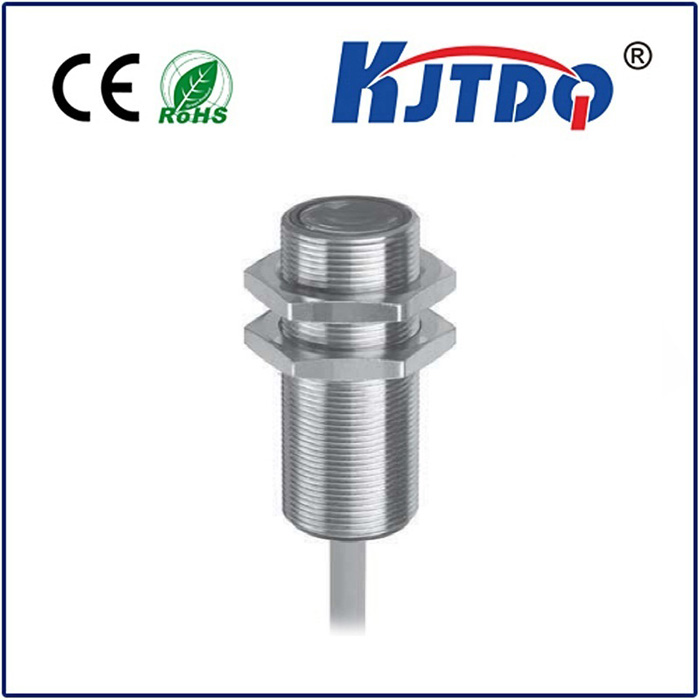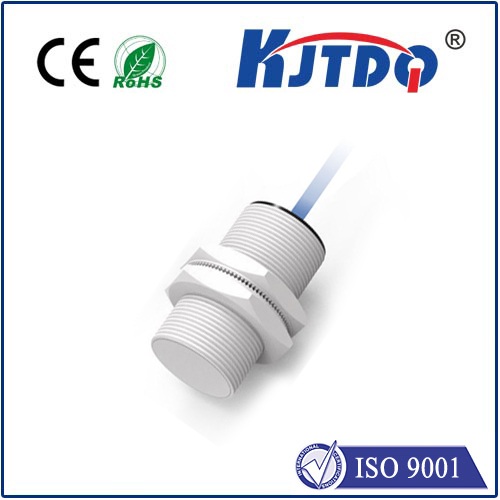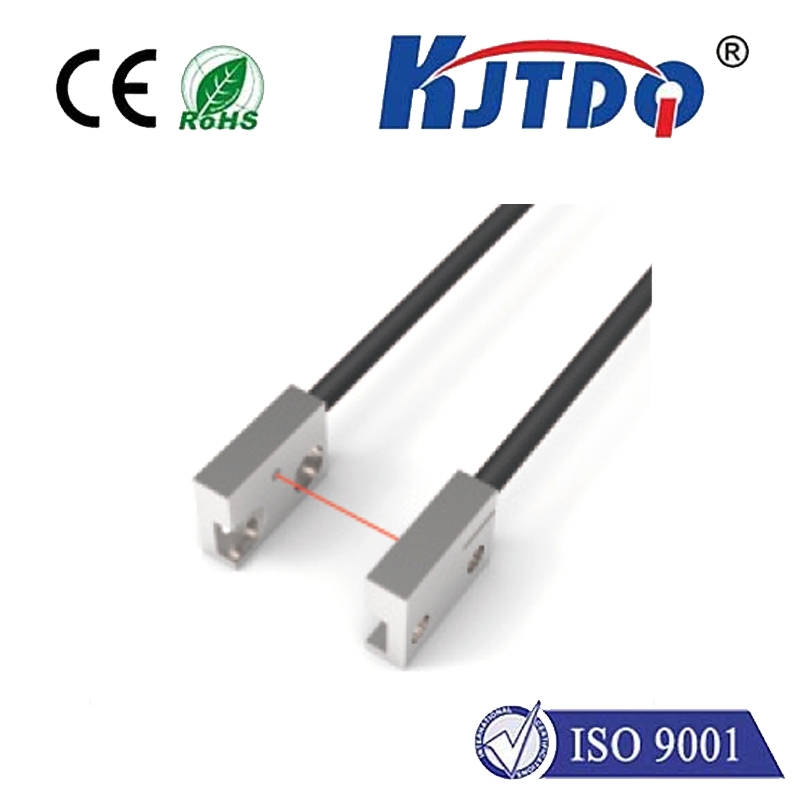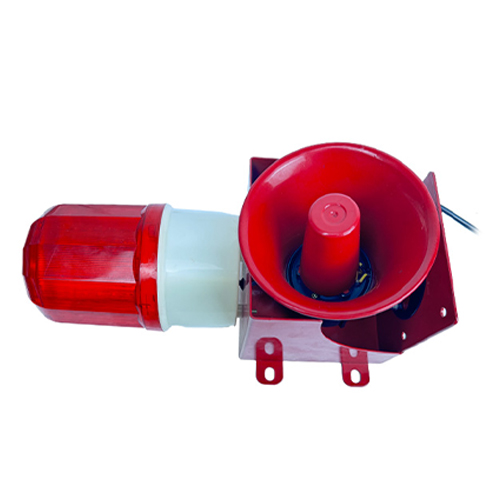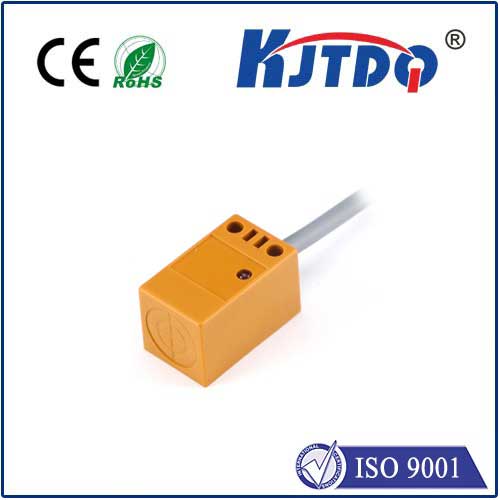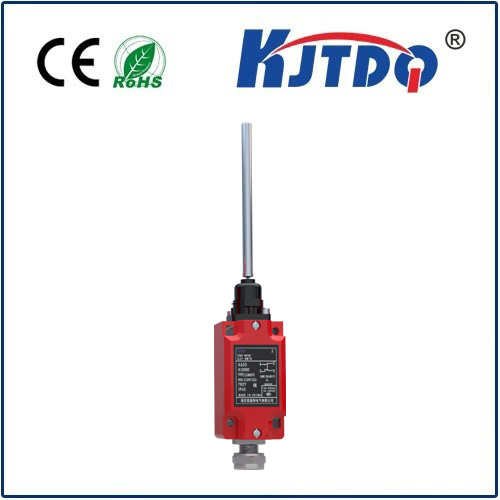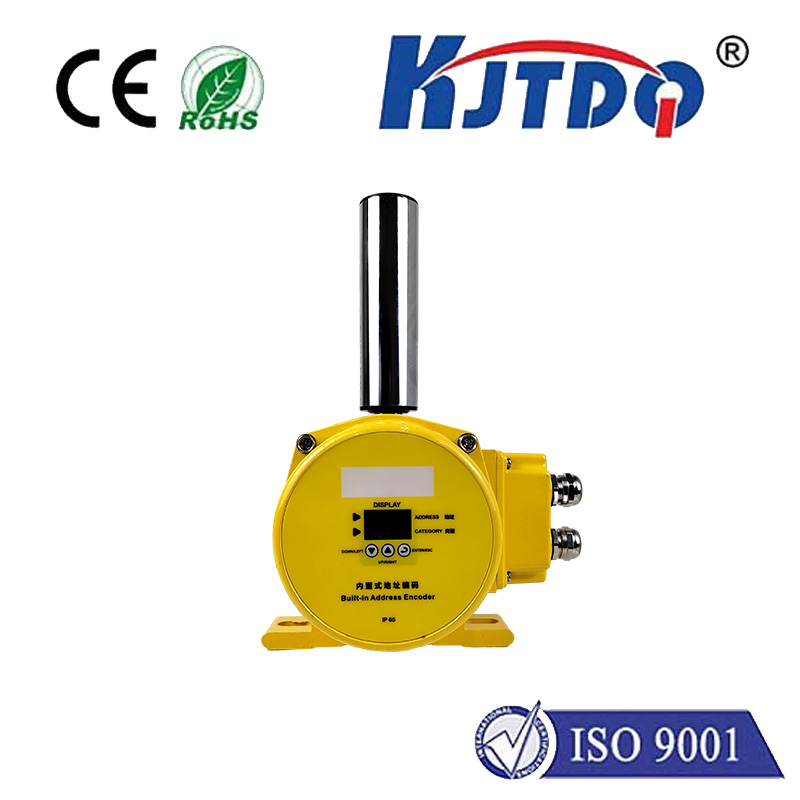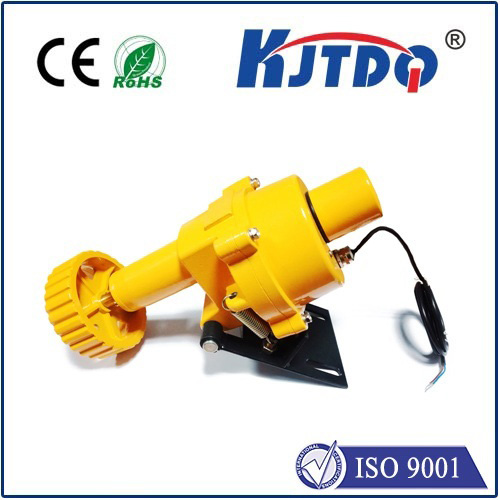sensor photoelectric polarized reflection
- time:2025-09-10 17:43:57
- Click:0
Seeing Clearly: How Polarized Reflection Photoelectric Sensors Cut Through the Glare
Imagine a critical quality control line grinding to a halt. Shiny pharmaceutical blister packs zip by, but your photoelectric sensors, blinded by intense reflections, keep misfiring. Rejects pile up, production slows, frustration mounts. This all-too-common scenario highlights a fundamental challenge in industrial automation: detecting objects on reflective surfaces or in environments saturated with stray light. Traditional photoelectric sensors often fail here, overwhelmed by glare that masks the true signal. Enter the sophisticated solution: the Polarized Reflection Photoelectric Sensor. This advanced technology doesn’t just see light; it intelligently filters it, unlocking reliable detection where others falter.
Understanding the Core: Polarized Light and Selective Sensing
At its heart, a polarized reflection photoelectric sensor leverages the physics of light polarization. Standard light sources emit waves vibrating in all planes perpendicular to the direction of travel. Polarization refers to restricting these vibrations to a single plane. Here’s how the sensor capitalizes on this:
- Polarized Emission: The sensor’s transmitter emits a beam of light that has been linearly polarized. This means the light waves are all oscillating in one specific, controlled plane (e.g., vertical).
- Target Interaction: When this polarized light strikes a target surface, several things can happen:
- Diffuse Reflection (Non-Polarizing Surfaces): On matte, non-metallic surfaces (like paper, cardboard, uncoated wood), the light scatters randomly in many directions. Crucially, this scattering effectively depolarizes the light – the reflected light contains waves vibrating in multiple planes again.
- Specular Reflection (Glare - Polarizing Surfaces): On smooth, shiny surfaces (like metal, glass, glossy plastic, liquids), light reflects primarily like a mirror. This specular reflection largely preserves the polarization plane of the incident light. The intense glare hitting the sensor receiver maintains the original polarization orientation.
- Polarized Reception - The Key Filter: The sensor’s receiver isn’t just a simple light detector. It incorporates a polarizing filter (analyzer) oriented perpendicularly (e.g., 90 degrees) to the transmitter’s polarization filter. This is the critical innovation.
The Discrimination Magic: Rejecting Glare, Detecting Objects

This crossed-polarizer setup creates the sensor’s intelligence:
- Rejecting Specular Glare: The highly polarized light from specular reflections (the problematic glare) arrives at the receiver still vibrating in the transmitter’s plane. Because the receiver’s filter is crossed (90 degrees off), this glare light cannot pass through. It is effectively blocked.
- Detecting Diffuse Targets: The light diffusely reflected from a target object becomes depolarized. While some components might still align with the transmitter’s polarization, a significant portion vibrates in the plane aligned with the receiver’s filter. This light can pass through the receiver’s filter and be detected.
In essence, the sensor is specifically tuned to detect the depolarized light scattered from objects while actively suppressing the preserved polarization light originating from disturbing specular reflections. This principle, fundamentally governed by Brewster’s angle and Fresnel equations, provides robust immunity to challenging lighting conditions.
Key Advantages: Why Choose Polarized Reflection?
- Unparalleled Reliability on Shiny Surfaces: This is the primary strength. Detecting objects on metallic conveyor belts, glass bottles, polished machinery parts, foil packaging, or liquid surfaces becomes dependable where standard diffuse or retro-reflective sensors struggle or fail due to glare saturation.
- Enhanced Contrast: By eliminating the dominant, confusing glare signal, the actual signal from the target object stands out with much higher contrast. This leads to more stable switching and fewer false triggers.
- Improved Performance in High Ambient Light: While not their primary purpose like specialized background suppression sensors, the polarization filtering inherently helps reduce the impact of certain types of ambient polarized light sources.
- Versatility: Widely used in diverse sectors: Packaging (detecting items in foil, blisters, shiny wrappers), Automotive (part presence on conveyors, assembly verification), Electronics Manufacturing (PCB handling, component placement), Food & Beverage (bottles, cans, shiny wrappers), Pharmaceutical (blister packs, vials), and Logistics (parcel detection on conveyors).
Types and Implementation Considerations
Polarized reflection sensors operate in a retro-reflective mode. They require a specialized retro-reflector opposite the sensor head. Crucially, this retro-reflector contains a corner-cube prism array that reflects light directly back towards its source and also rotates the plane of polarization (commonly by 90 degrees).
- The Setup: The sensor unit houses both the polarized emitter and the receiver with its crossed polarizing filter. It faces the retro-reflector.
- Clear Path (No Object): The emitted polarized light travels to the retro-reflector. The reflector flips the polarization plane (e.g., from vertical to horizontal). This reflected light, now vibrating in the plane aligned with the receiver’s filter, passes through easily. The sensor registers a beam present (Output ON or OFF depending on logic).
- Object Interrupts Path: When an object breaks the beam, diffused reflection occurs from its surface. As explained earlier, this depolarized light allows some component aligned with the receiver’s filter to pass, triggering the change in state (Output flips). Even if the object is shiny, causing some specular reflection, the sensor’s receiver filter blocks this polarized component, while still detecting the diffuse component from the object’s surface.
Selecting and Using Them Effectively
- Target Matters: They excel at detecting objects breaking a beam, especially opaque ones. For reliably detecting highly transparent objects (like clear glass) via beam-break, other sensor types (like through-beam) might be better, though polarized retro-reflective can sometimes work depending on the application.
- Reflector Alignment: Proper alignment between sensor and retro-reflector is critical for maximum range and signal strength.
- Mounting: Ensure stable mounting to prevent vibration-induced misalignment. Protect lenses from dust and debris where necessary.
- Range: Check the sensor’s specified operating range relative to your application distance.
The Clear Choice for Challenging Detection
Polarized reflection photoelectric sensors are not just another sensor option; they are a targeted solution for a pervasive industrial challenge. By harnessing the physics of polarized light and employing strategically crossed filters combined with a polarization-shifting retro-reflector, they achieve remarkable discrimination against disruptive glare. This translates directly into increased production uptime, reduced waste from false rejects, and significantly enhanced process reliability in environments laden with reflective surfaces or stray intense light. When shiny objects threaten to blind your automation, polarized reflection technology provides the clear vision your application demands.






